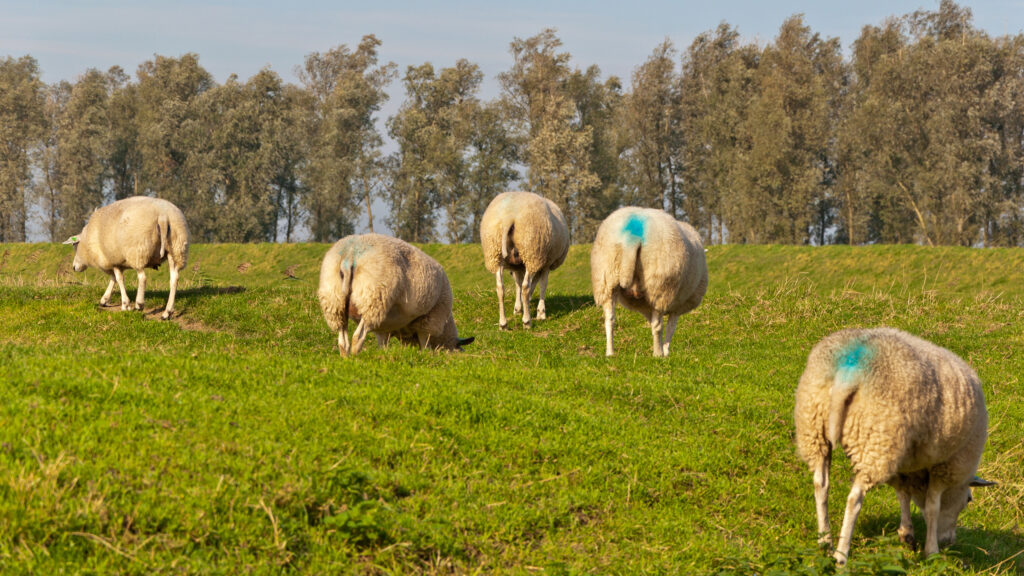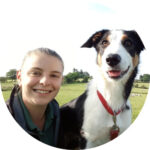Rebekah Housden: More thought and control helps breeding season
 Tups marked © Adobe Stock
Tups marked © Adobe Stock The tups are onto their final crayon on one farm, after which they will be brought into a shed filled with straw and haylage.
On the mornings that resemble a Wim Hof expedition, I am pretty sure they are counting down the days until they are laid in, as they look at me hopefully while I count the marked ewes.
We recently adopted this daily counting (initially not as religiously until we saw the benefits), and I record this on my phone.
See also: Rebekah Housden – beer-related therapy (in moderation) can help
Knowing the rough number that will lamb each day in spring helps in many ways, and it also allows us to prevent too much mayhem.
We removed six out of 16 tups for 10 days this year, which has kept the peak days below 60 ewes marked.
The ewes will be laid in at the end of November, which seems early, but the heavy clay ground thanks us for the endless weeks of straw bedding.
In March, the fields will then be clean with enough fresh grass for a few weeks.
As the markings slow down here, I prepare to release the tups on the other farm, where there are fewer than 120 ewes.
This means I opt for a slightly more gung-ho approach, with an early April short lambing likely – as by now the ewes have been pacing the fences for a couple of weeks, anticipating their mates arriving.
It is only recently that we have applied this much control to the breeding season, and it does take careful thought and extra work – especially when pulling the tups back in to break the marking rate usually falls on a busy day elsewhere.
Forewarned is certainly forearmed, so it’s time to order the straw and focus on finishing the last lambs left. The requirements have changed to suit demand, with over-heavy lambs now out of fashion.
The head torches have been dug out from the back of the cupboard. The light at the end of the tunnel is probably a new bulb in the yard floodlight, with scanning the next stop.

